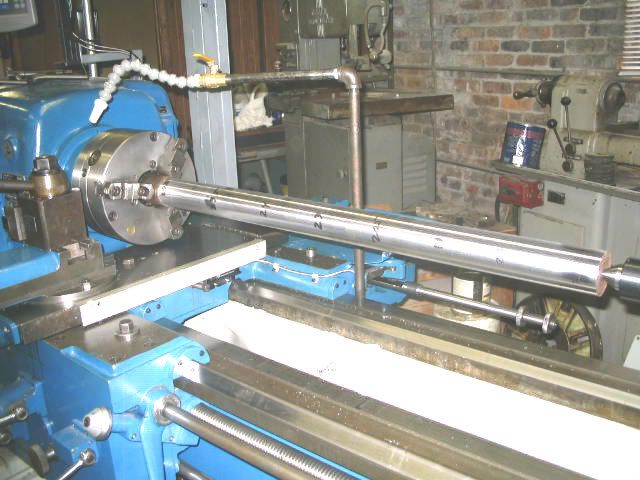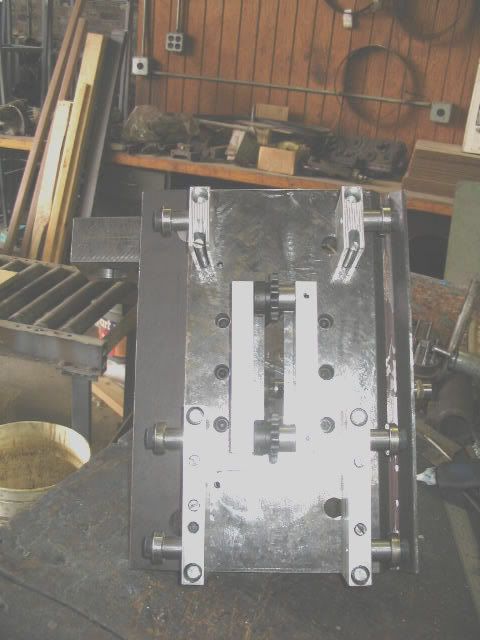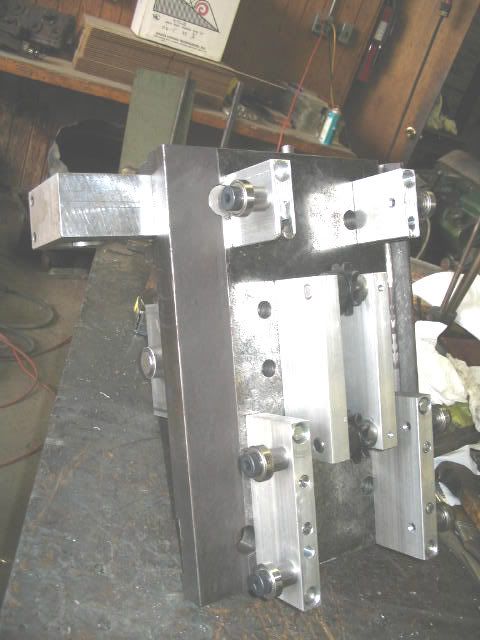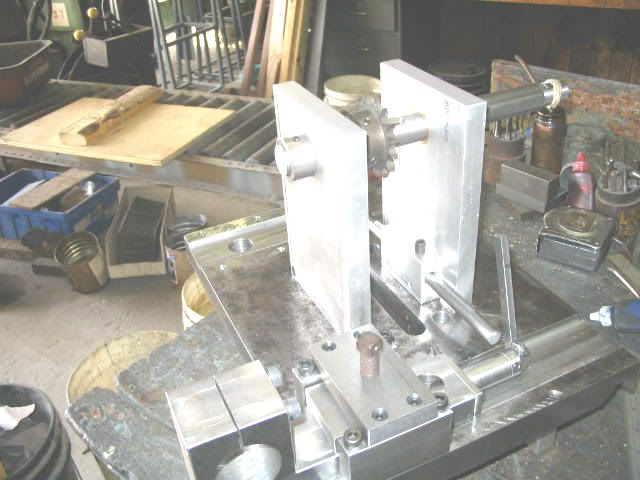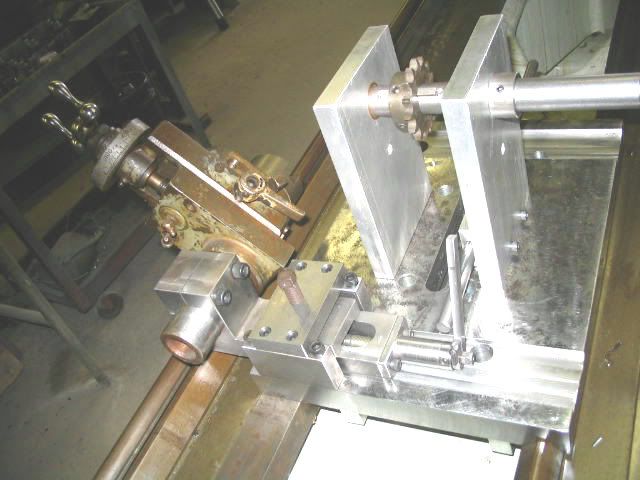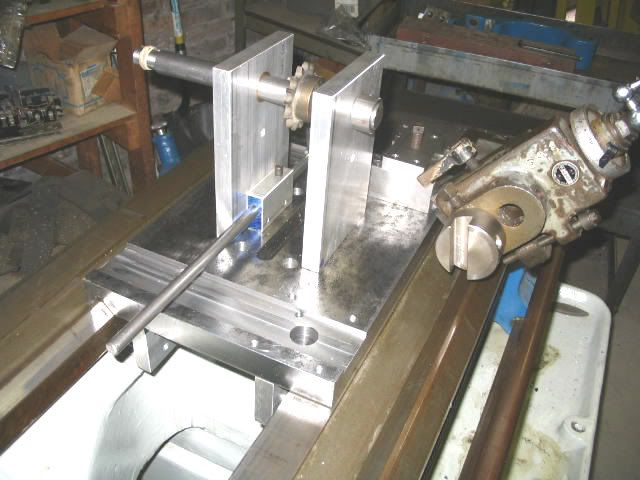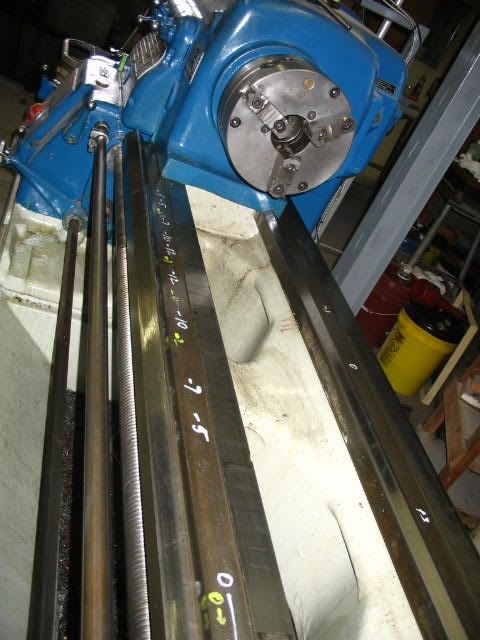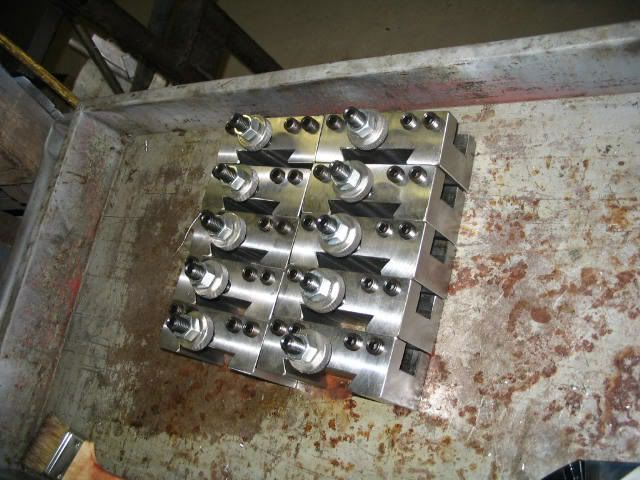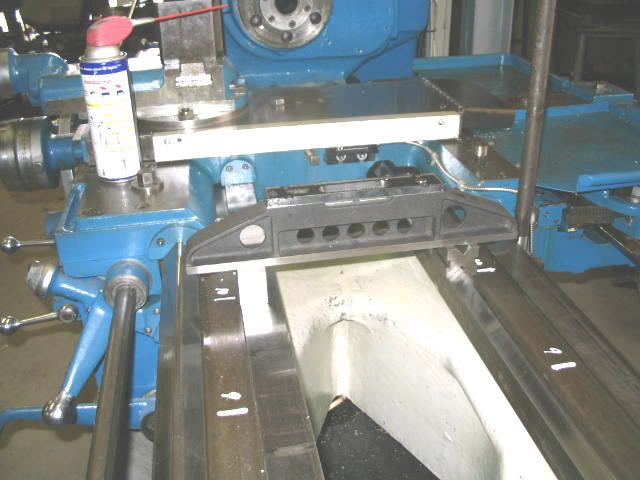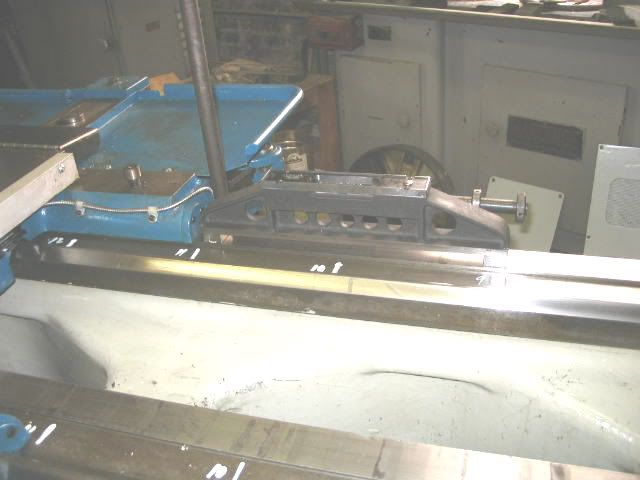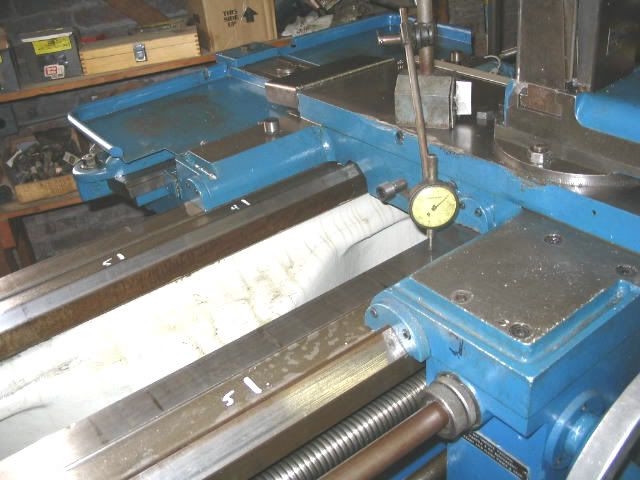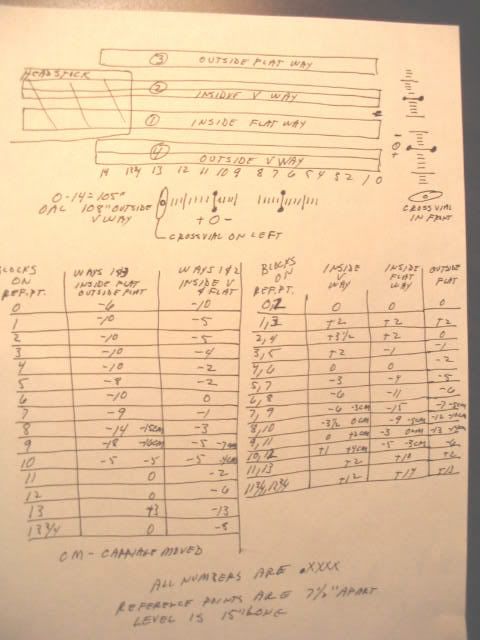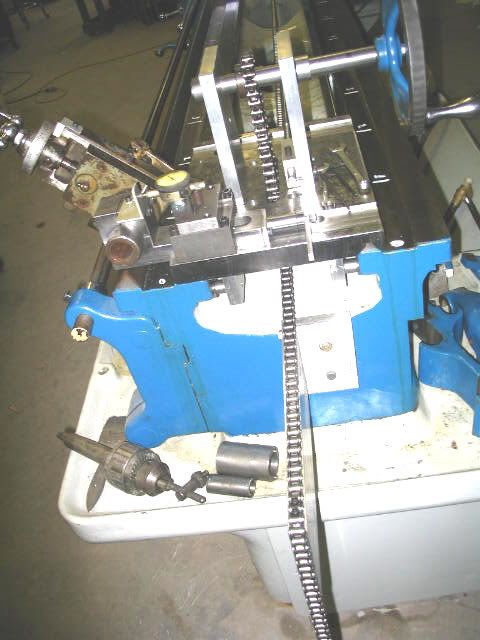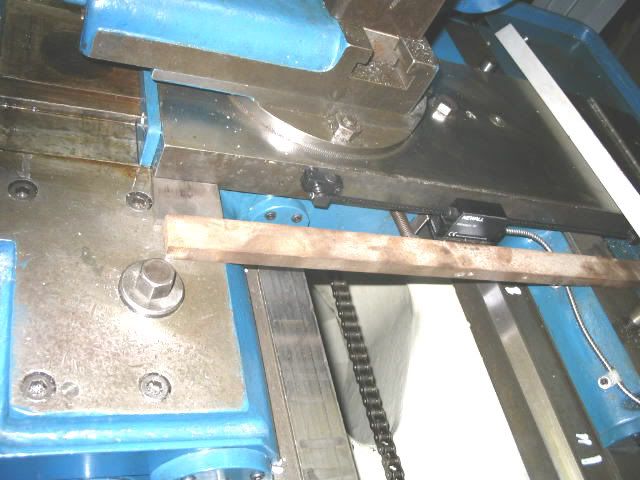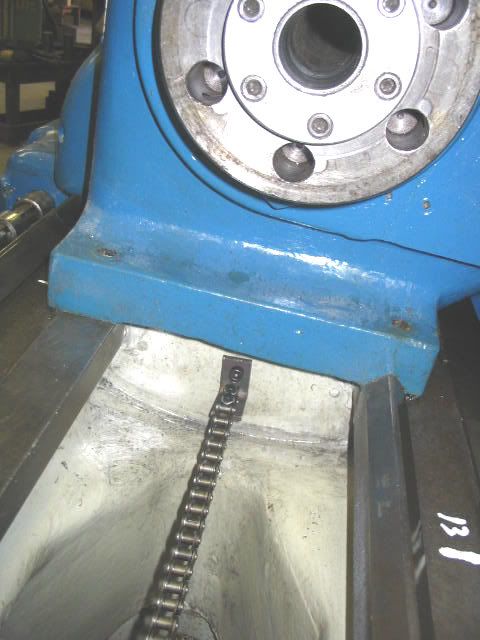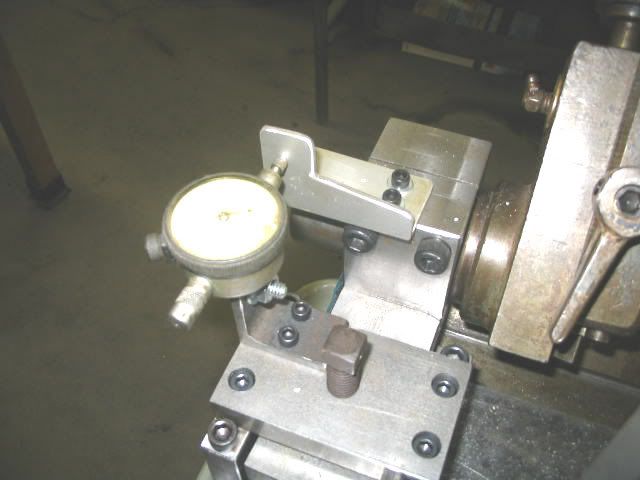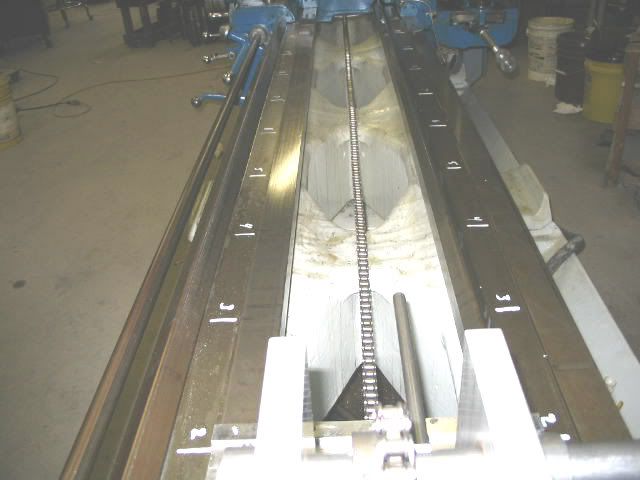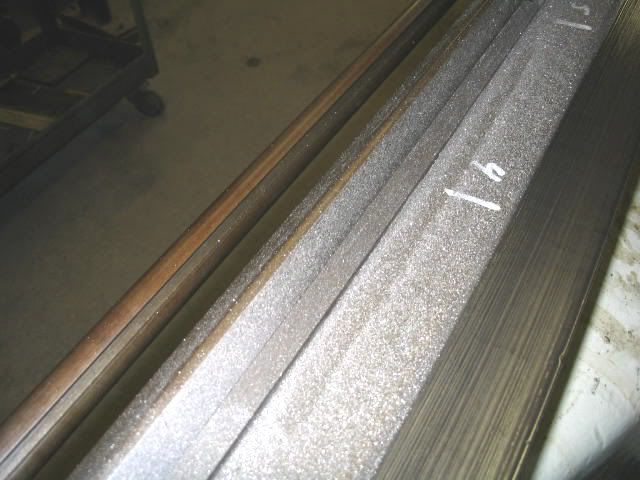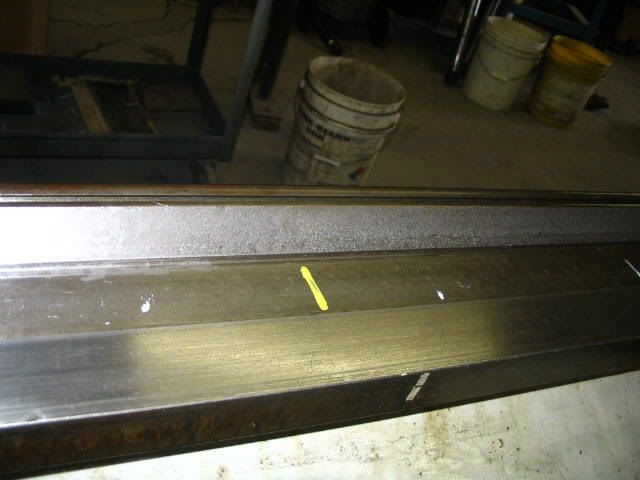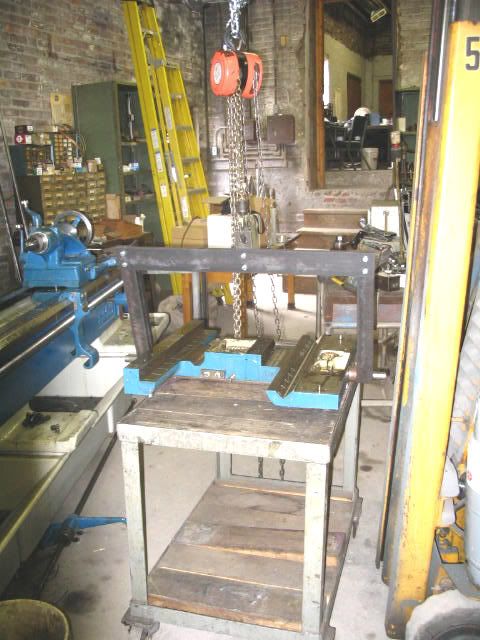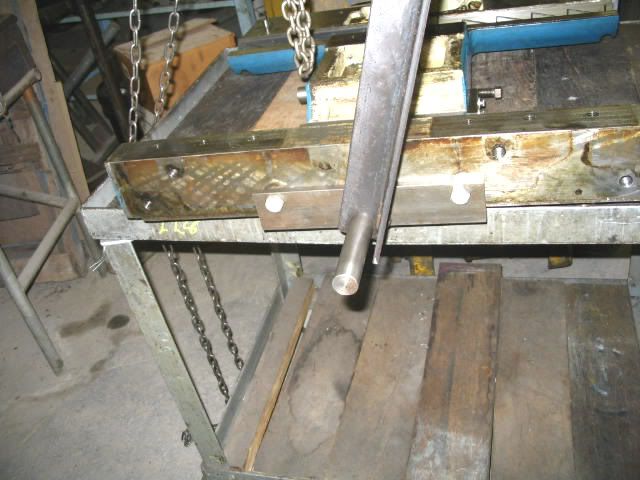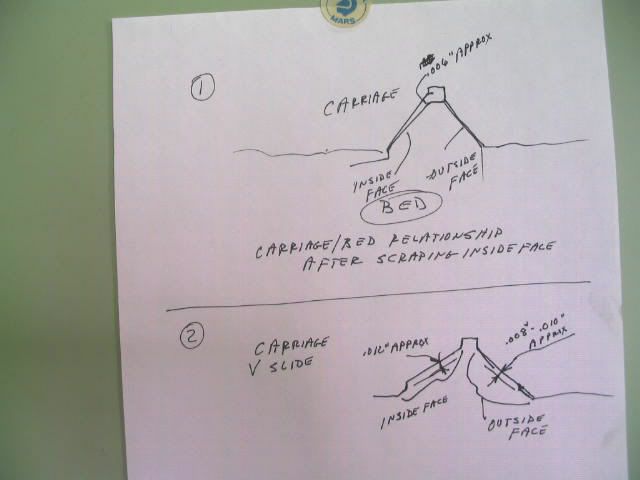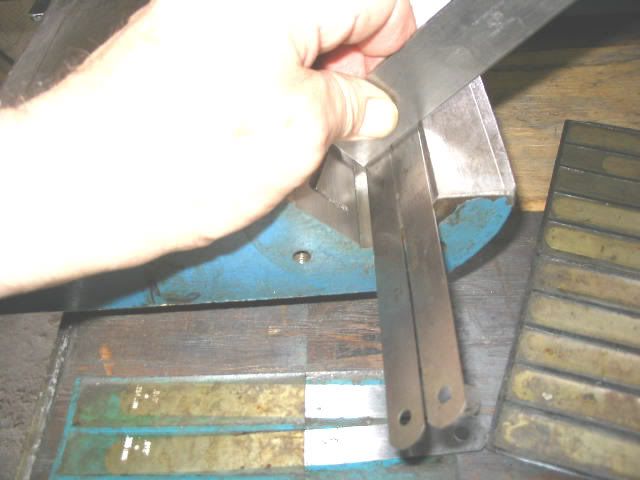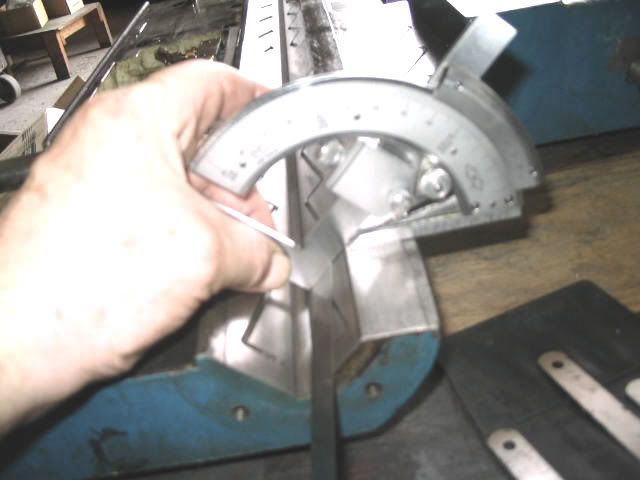beckley23
Titanium
- Joined
- Feb 19, 2003
- Location
- Louisville, KY, USA
Thank you for the suggestions, but I was more surprised by the heat than anything else. I was comparing my experience running the CY at approx the same speed, 762 RPM on the SE 60, for sustained periods, but I never really paid any attention to it. I know it got warm, but how hot I can't say. Never gave it any mind.
The only thing that really worried me, was that I had the spindle bearings to tight. Remember I had to bump the spindle out to fix the leak on the cap, and then readjust the spindle nuts. A couple weeks ago when I ran the "unresistable" test cuts, the next day I took a pass at .005" DOC and the finish was less than desirable, even for 1018, so I tightened up the bearings, and this is really a guessing game, and got a much improved finish for the same DOC. I started on the job at 600 RPM, which is about what I running the same job on the CY. After about 5 pieces I decided to try the next speed up which is 762. The headstock was already warm, but the temperature definitely increased, as expected, and then stabilized at approx a very warm cup of coffee. I also backed the preload a very little bit, with no effect on finish. At no time did the lathe get so hot that I couldn't keep my hand for sustained periods. As a comparison, when I adjusted the spindle on my #4 Cincinnati, the maximum temperature per Cincinnati is 145*, that temperature I can't keep my hand on the column for longer than a few seconds. The SE 60 never got that hot.
It's just learning the "nature of the beast".
I'm using Shell Turbo T-68, IIRC, in the headstock. According to Shell it's the equivalent of Mobil Heavy-Medium, which is Monarch's recommendation.
Harry
The only thing that really worried me, was that I had the spindle bearings to tight. Remember I had to bump the spindle out to fix the leak on the cap, and then readjust the spindle nuts. A couple weeks ago when I ran the "unresistable" test cuts, the next day I took a pass at .005" DOC and the finish was less than desirable, even for 1018, so I tightened up the bearings, and this is really a guessing game, and got a much improved finish for the same DOC. I started on the job at 600 RPM, which is about what I running the same job on the CY. After about 5 pieces I decided to try the next speed up which is 762. The headstock was already warm, but the temperature definitely increased, as expected, and then stabilized at approx a very warm cup of coffee. I also backed the preload a very little bit, with no effect on finish. At no time did the lathe get so hot that I couldn't keep my hand for sustained periods. As a comparison, when I adjusted the spindle on my #4 Cincinnati, the maximum temperature per Cincinnati is 145*, that temperature I can't keep my hand on the column for longer than a few seconds. The SE 60 never got that hot.
It's just learning the "nature of the beast".
I'm using Shell Turbo T-68, IIRC, in the headstock. According to Shell it's the equivalent of Mobil Heavy-Medium, which is Monarch's recommendation.
Harry



